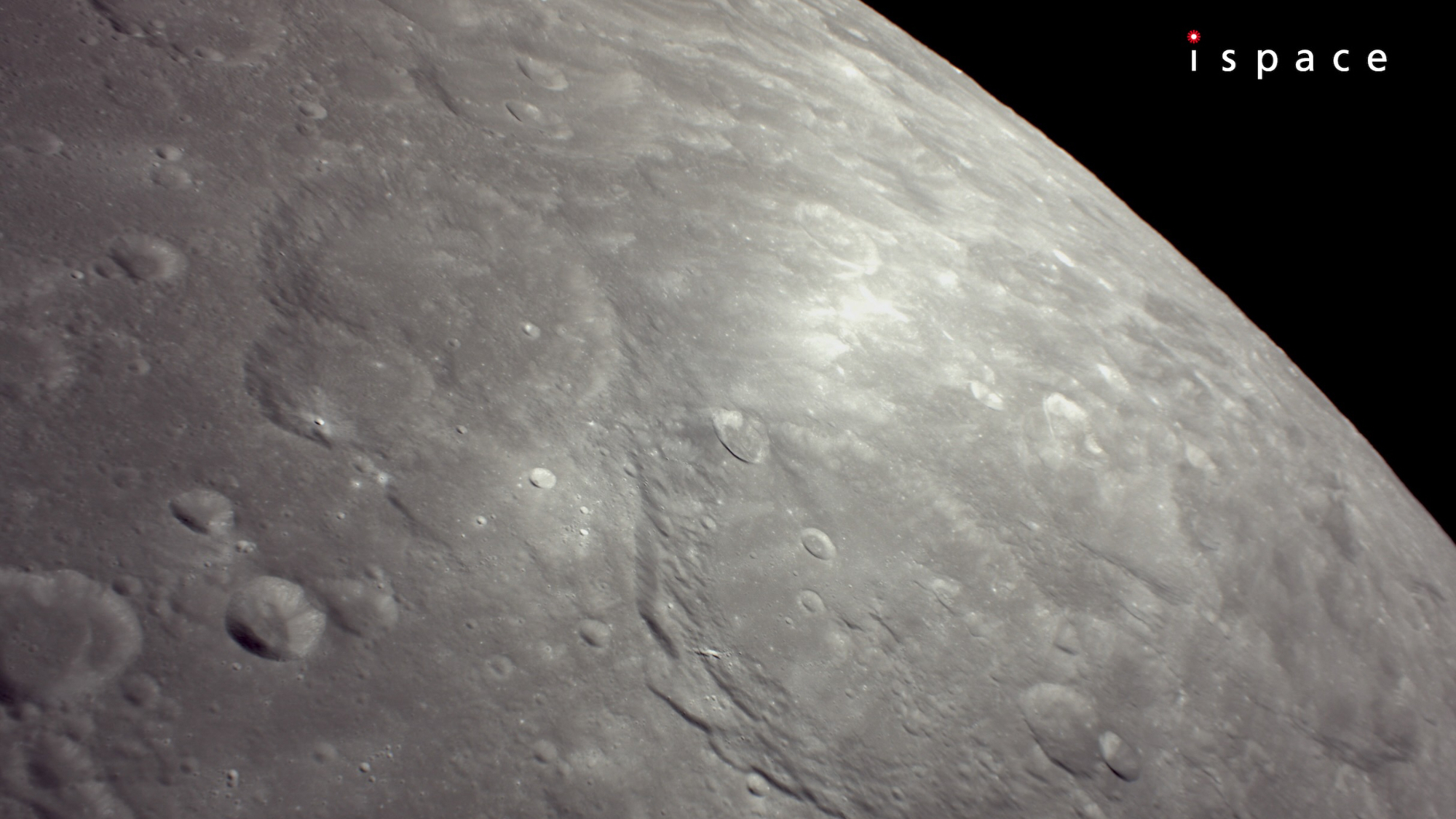James Cameron's 'Titanic' Correction May Impress Astronomers

James Cameron's epic 1997 movie "Titanic" is about to be re-released and re-packaged in a 3D presentation to commemorate the 100th anniversary of the sinking of the ocean liner on April 15, 1912. Although few changes have been made to the movie itself, there is one tweak that will impress astronomers.
Spurred on by a "snarky" message from astrophysicist and outspoken science communicator Neil deGrasse Tyson, Cameron has addressed Tyson's criticism that the incorrect star field was used during one of the film's most famous scenes.
ANALYSIS: The Titanic: What Made It Sink
"Neil deGrasse Tyson sent me quite a snarky email saying that, at that time of year, in that position in the Atlantic in 1912, when Rose (Kate Winslet) is lying on the piece of driftwood and staring up at the stars, that is not the star field she would have seen," said Cameron.
"And with my reputation as a perfectionist, I should have known that and I should have put the right star field in. So I said 'All right, send me the right stars for that exact time and I'll put it in the movie.'"
According to the Telegraph, Tyson did just that and the correct star field has been included in the re-release.
PHOTOS: Five Maritime Disasters That Shook the World
Get the Space.com Newsletter
Breaking space news, the latest updates on rocket launches, skywatching events and more!
Tyson's views on "Titanic" have been expressed on more than one occasion and during a panel discussion at St. Petersburg College, Fla., in 2009, he detailed his beef with the movie, just after the scene where Jack (Leonardo DiCaprio) has drowned and Rose is delirious and adrift:
"There she is looking up. There is only one sky she should have been looking at ... and it was the wrong sky! Worse than that, it was not only the wrong sky; the left-half of the sky was a mirror reflection of the right-half of the sky! It was not only wrong, it was lazy! And I'm thinking, this is wrong."
It's not that "Titanic" was a scientifically inaccurate movie, on the contrary according to Tyson. It was the fact that Cameron was so detail oriented he even sent a submersible down to the real Titanic wreck to study the precise detail of the ship's decor. Everything was replicated, but to then mess up something as basic as the night sky is what frustrated Tyson.
Obviously, this is generally a fun argument. Unless you're an astronomer, you probably wouldn't have noticed the incorrect star field. But Tyson has brought up a very important issue. (Although, as detailed by Tyson in the video below, Cameron's response to Tyson's complaint was totally valid, and pretty funny.)
ANALYSIS: Wake Up and Smell the Science, Hollywood!
Movie makers need to be aware of scientific accuracy in their creations. At the 2010 American Association for the Advancement of Science (AAAS) meeting in San Diego, at a session organized by The Science and Entertainment Exchange, it was agreed that while any movie needn't be scientifically correct to be entertaining, some of the most memorable movies are scientifically correct.
Members of the Exchange and other scientifically-correct moviegoers (like myself) aren't being curmudgeonly against clueless directors; we are simply expressing a genuine concern that presenting bogus science in movies as fact -- like the killer neutrinos of "2012" or the silly solar flares of "Knowing" -- do more harm than good. Real science shouldn't be an option, and for the most part, having a science adviser on the set is probably a good idea.
Cameron generally does a good job with the science in his movies (although the floating mountains of "Avatar" required some serious suspension of disbelief, but hey, that was some serious science fiction) and as this most recent inclusion of Tyson's correct star field in the "Titanic" re-release shows, he's not willing to give up on being a perfectionist any time soon.
This article was provided by Discovery News.
Join our Space Forums to keep talking space on the latest missions, night sky and more! And if you have a news tip, correction or comment, let us know at: community@space.com.
Ian O'Neill is a media relations specialist at NASA's Jet Propulsion Laboratory (JPL) in Southern California. Prior to joining JPL, he served as editor for the Astronomical Society of the Pacific‘s Mercury magazine and Mercury Online and contributed articles to a number of other publications, including Space.com, Space.com, Live Science, HISTORY.com, Scientific American. Ian holds a Ph.D in solar physics and a master's degree in planetary and space physics.
